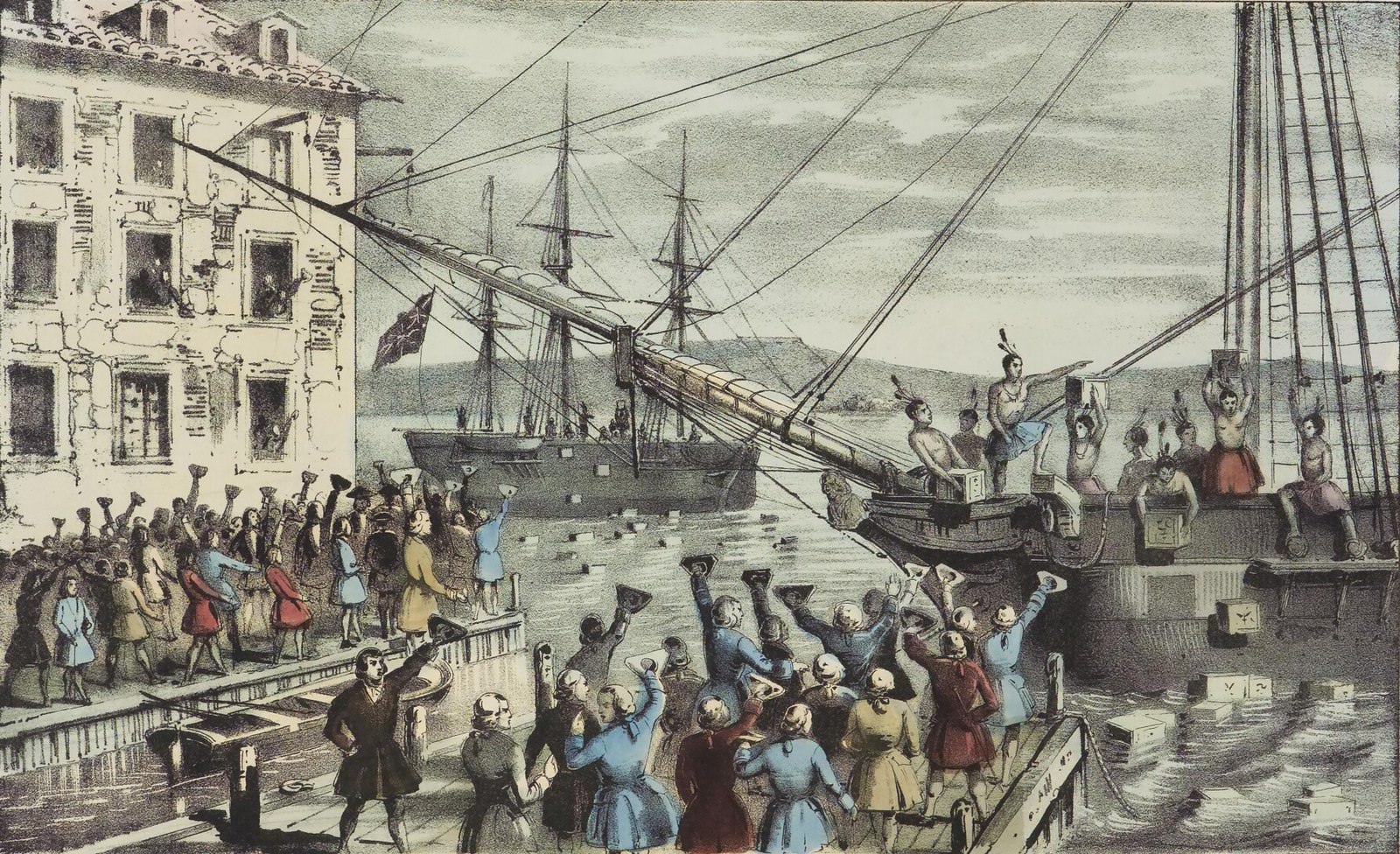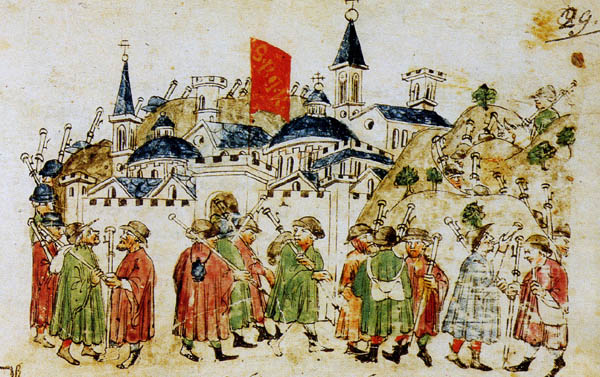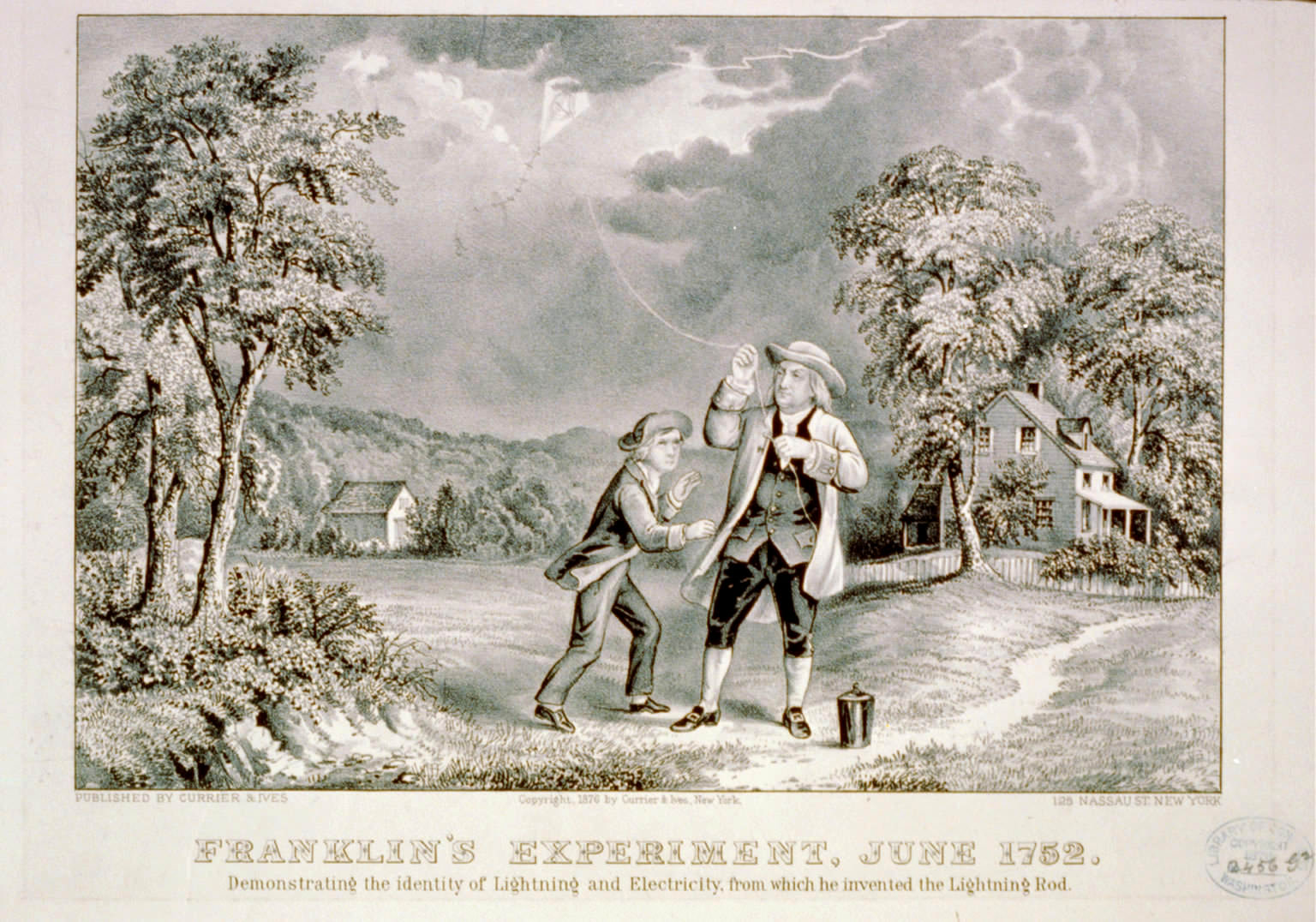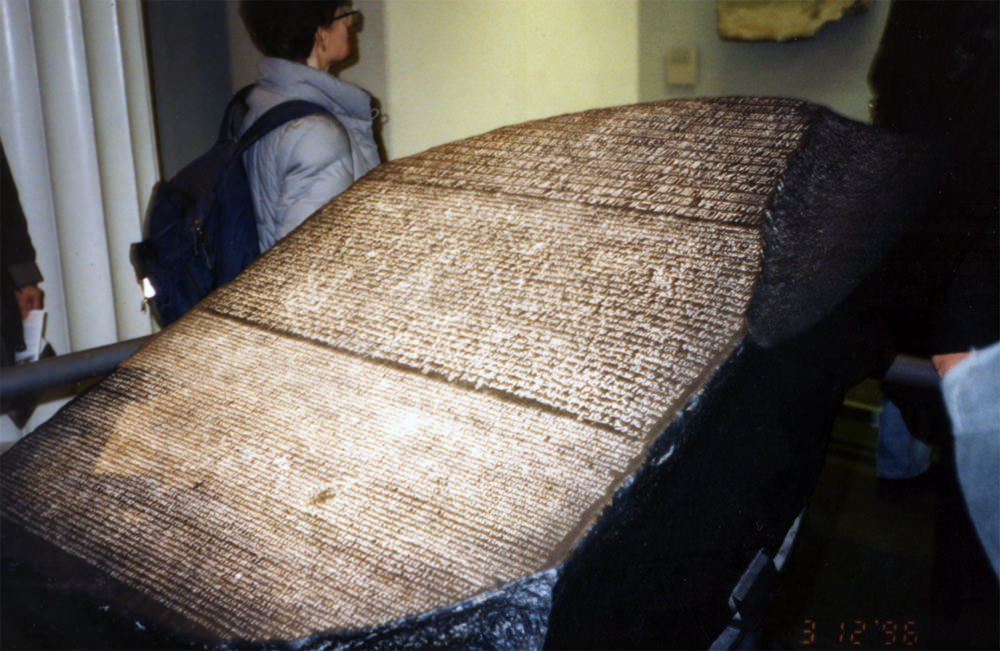Entertainment
20 Popular Historical ‘Facts’ That Are Actually Fiction
By Jake Beardslee · March 11, 2024

The Declaration of Independence Was Signed on July 4, 1776
While the Continental Congress did adopt the Declaration of Independence on July 4, 1776, most of the signatures were not added until August of that year. Unknown artist, painting printed by Currier & Ives, 1876, part of the Library of Congress collection/Wikimedia
The Curse of the Pharaohs
Contrary to popular belief, there is no concrete evidence supporting the existence of a curse that befalls those who disturb the tombs of Egyptian pharaohs. This myth gained traction due to media sensationalism surrounding the deaths of some individuals involved in archaeological expeditions, but it lacks factual basis. PD-US/Wikimedia
Napoleon Bonaparte Was Short
Despite being depicted as vertically challenged in popular culture, Napoleon Bonaparte was actually slightly above average height for his era, standing at around 5 feet 6 inches. The misconception of his short stature can be attributed to a misinterpretation of French measurement units at the time. Jacques-Louis David/Wikimedia
Christopher Columbus Discovered America
Columbus's voyages to the Americas in 1492 did not actually "discover" the continent. Indigenous peoples had been living in the Americas for thousands of years before his arrival, and Viking explorers had reached parts of North America around 500 years earlier. Sebastiano del Piombo/Wikimedia
The Great Wall of China is Visible from Space
Contrary to popular belief, the Great Wall of China is not visible from space with the naked eye. While this ancient marvel is indeed impressive, its width and color blend with the surrounding terrain, making it indiscernible from a distance. So, the next time someone claims they can spot the Great Wall from outer space, you can confidently debunk this myth. Photo by CEphoto, Uwe Aranas/Wikimedia
Vikings Wore Horned Helmets
When envisioning Vikings, many picture them wearing imposing horned helmets. However, historical evidence suggests that Vikings did not don such headgear. The myth likely originated from artistic interpretations and theatrical productions rather than historical accuracy. Visitor7/Wikimedia
George Washington's Wooden Teeth
The myth of George Washington sporting wooden teeth has persevered through generations. In reality, Washington's dentures were made from a variety of materials, but never wood. Over his lifetime, Washington had several sets of dentures made by different dentists. His dentures incorporated human teeth as well as teeth from animals like horses and donkeys. BakedintheHole/Wikimedia
Marie Antoinette's "Let Them Eat Cake"
The infamous phrase attributed to Marie Antoinette, "Let them eat cake," is often used to epitomize royal indifference and extravagance. However, there is no concrete evidence that she ever uttered these words. After Jean-Baptiste André Gautier-Dagoty/Wikimedia
The Lost City of Atlantis
A captivating legend that has sparked the imagination of many, the story of Atlantis continues to intrigue historians and archaeologists alike. Despite countless expeditions in search of this fabled city, no concrete evidence has been found to support its existence. Віщун/Wikimedia
Marco Polo Introduced Pasta to Italy
While Marco Polo's travels to Asia are well-documented, the idea that he introduced pasta to Italy is unlikely, as pasta-like dishes were already common in Italy before his time. Salviati/Wikimedia
The Boston Tea Party Involved Tea Being Thrown into Boston Harbor
While the iconic event did involve the dumping of tea into the harbor, it's a misconception that the tea was thrown directly overboard. The protesters actually smashed open the chests of tea and allowed it to steep in the water. Nathaniel Currier/Wikimedia
Nero Played the Fiddle While Rome Burned
The image of Emperor Nero playing the fiddle as Rome burned is a metaphorical one. While Nero was known for his extravagance, there's no evidence to support this specific claim. Nero/Wikimedia
The Dark Ages Were a Time of Intellectual Darkness
While the term "Dark Ages" suggests a period of stagnation, there were many advancements in science, art, and culture during this time, particularly in the Islamic world and Byzantine Empire. The term itself is now considered outdated and misleading. PD-US/Wikimedia
Benjamin Franklin Discovered Electricity with a Kite
The story of Franklin flying a kite in a thunderstorm to discover electricity is likely embellished. While Franklin did conduct experiments with electricity, there's no conclusive evidence that he used a kite in this manner. Currier & Ives, New York/Wikimedia
The Roman Empire Fell Overnight
The fall of the Roman Empire was a gradual process spanning centuries, marked by various political, economic, and military factors. It was not a sudden collapse but rather a complex series of events. xiquinhosilva/Wikimedia
Thomas Edison Invented the Light Bulb
While Thomas Edison patented the first commercially practical incandescent light bulb, he did not invent the concept of electric lighting. Several inventors before him had created similar devices, but Edison's design was the most successful for widespread use. Eric Polk/Wikimedia
The Trojan Horse Was a Giant Wooden Structure
The famous Trojan Horse used by the Greeks to infiltrate Troy was likely not a massive wooden structure as depicted in mythology. It was more likely a small, tactical siege engine or even a metaphorical term for a strategic deception. Fredrik Posse/Wikimedia
Shakespeare Wrote All of His Plays Alone
While William Shakespeare is celebrated as one of the greatest playwrights in history, there is evidence to suggest that he collaborated with other writers and actors on some of his plays. Martin Droeshout/Wikimedia
The Rosetta Stone Cracked the Code of Hieroglyphics
While the discovery of the Rosetta Stone was instrumental in deciphering ancient Egyptian hieroglyphics, it wasn't the sole factor. The process involved the work of several scholars over many years, including Thomas Young and Jean-François Champollion. InSapphoWeTrust from Los Angeles, California, USA/Wikimedia